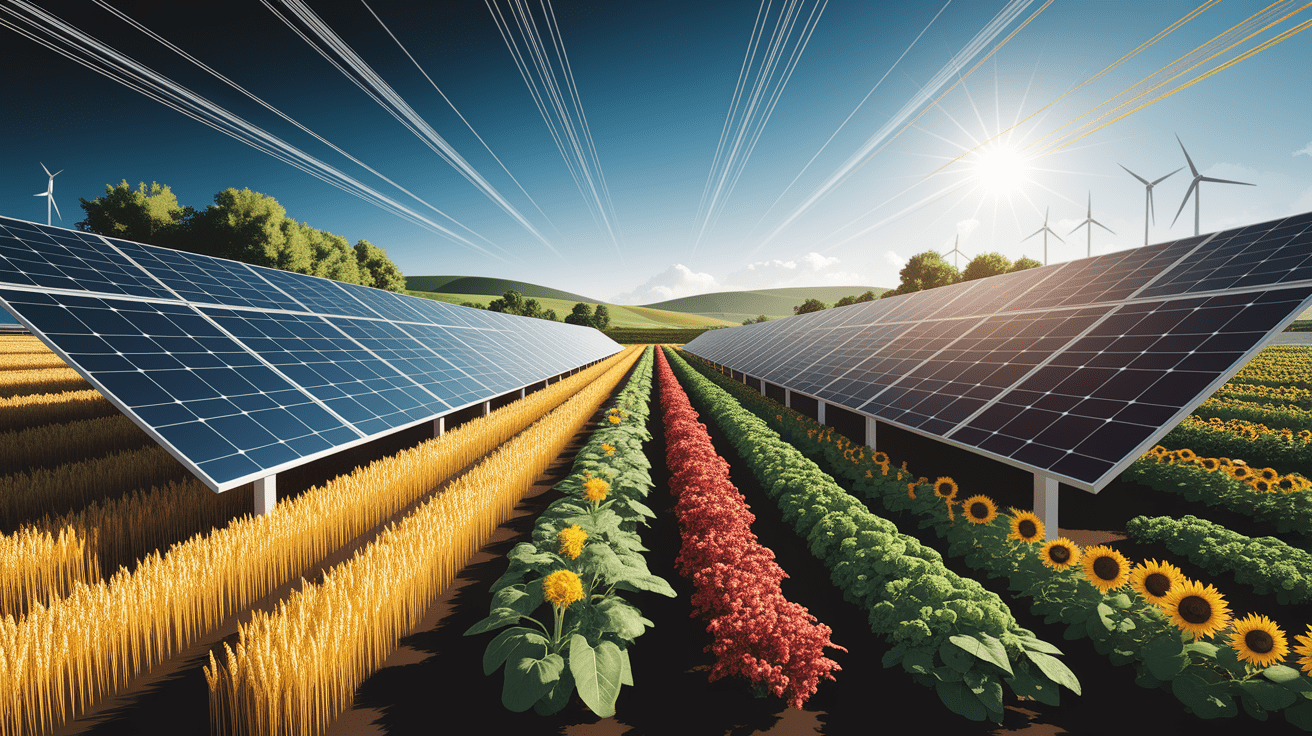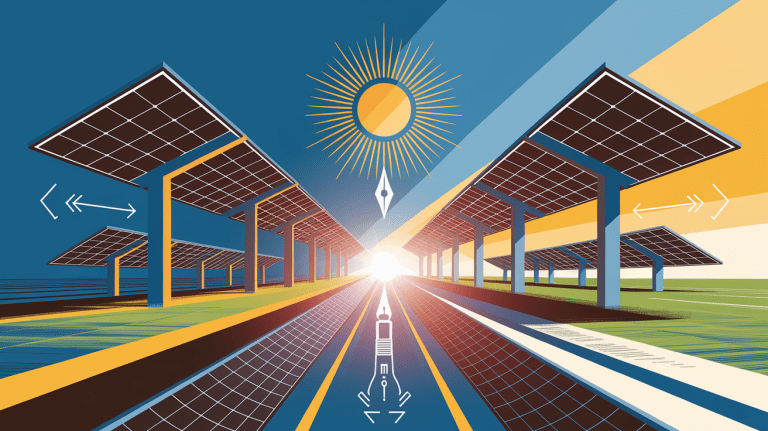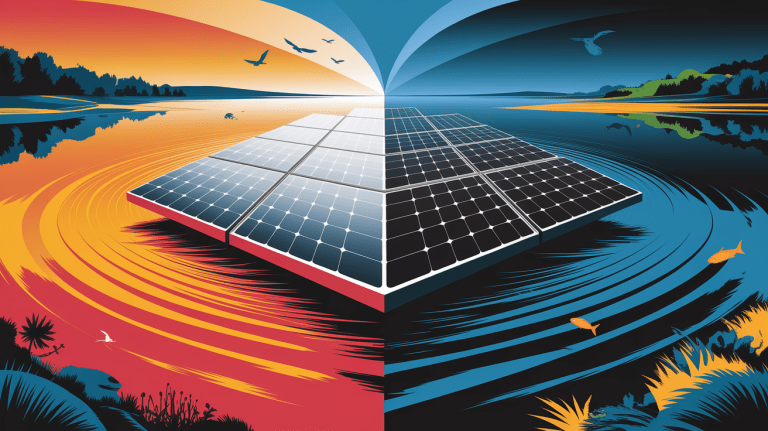Harnessing the Sun: Agrivoltaics Benefits and Design Essentials
A Bright Field of Opportunity
In the quest to balance growing energy demands with the preservation of productive farmland, agrivoltaics emerges as a transformative solution. By integrating photovoltaic systems directly into working farms, this dual-use solar farming method allows land to simultaneously produce crops and generate renewable energy. Elevated solar panels or solar canopy systems create shaded zones that not only yield electricity but also foster beneficial microclimates for plants below. This approach exemplifies climate-smart agriculture—delivering energy security, food production, and ecological benefits in one cohesive system.

Key Benefits of Agrivoltaics
The advantages of agrivoltaics extend well beyond just electricity generation, making them a compelling choice for farmers, developers, and policymakers alike. According to research from Enel Green Power and the U.S. Department of Energy, the results are measurable and impactful:
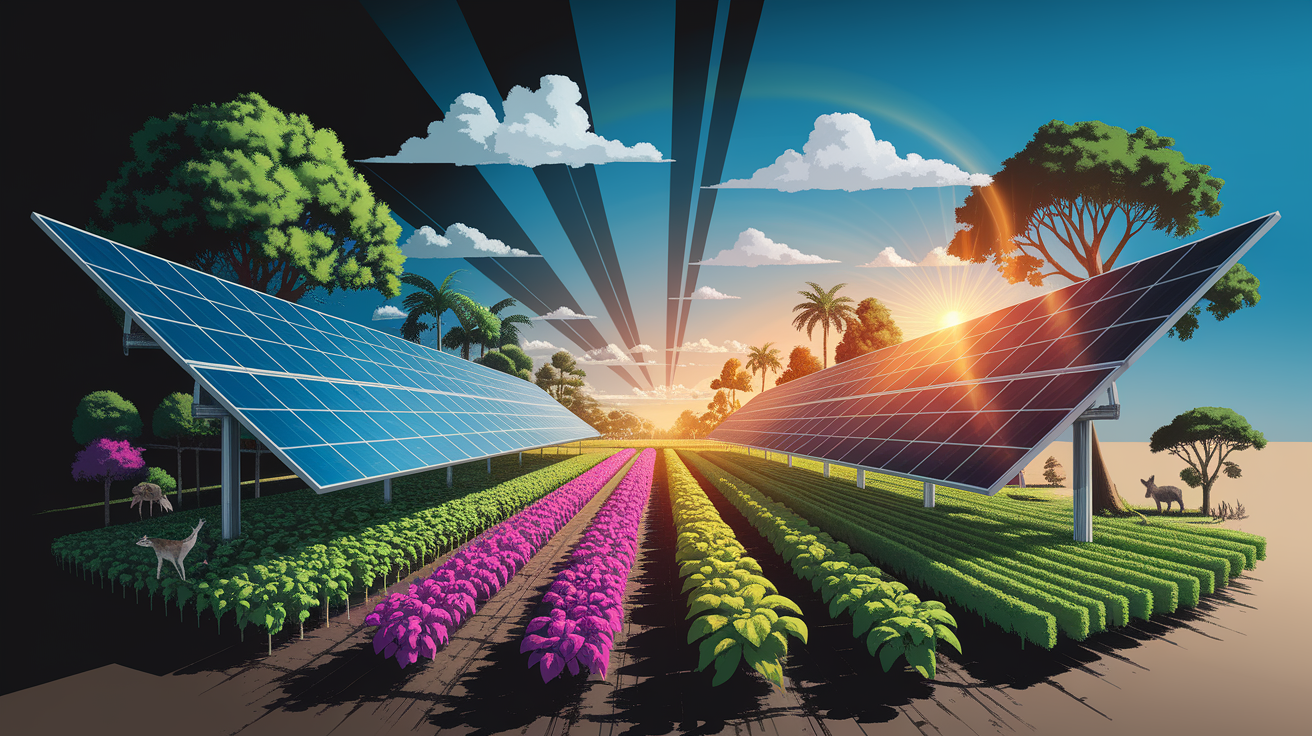
- Land-Use Efficiency: Dual land use can yield both food and energy from the same plot, improving overall productivity per acre.
- Enhanced Water Conservation: Shading from solar panels can reduce evapotranspiration, improving water-use efficiency by up to 65% for certain crops.
- Increased Yields for Certain Crops: University of Arizona studies show crops like cherry tomatoes achieving two to three times higher yields under partial shade.
- Economic Resilience: Farmers gain diversified income through crop sales and solar leasing revenue, while potential reductions in vegetation management costs come from integrated livestock grazing.
- Biodiversity Support: Pollinator-friendly plantings around installations enhance ecosystems and improve surrounding crop production.
Core Design Principles
Designing an agrivoltaic installation requires harmonizing photovoltaic performance with agricultural productivity. NREL guidelines highlight several core principles:
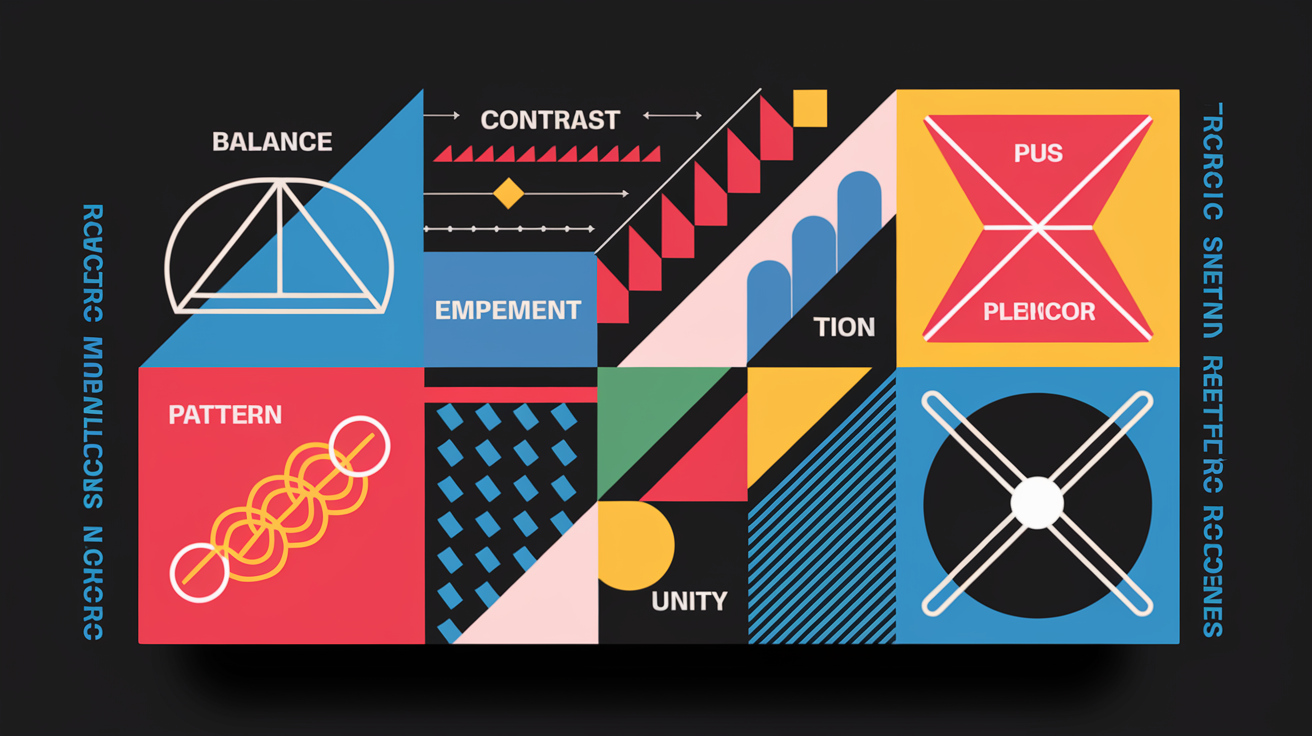
- Panel Height and Spacing: Solar panels are often mounted higher than standard arrays—typically 2 to 3 meters—to permit machinery access and adequate sunlight diffusion.
- Tilt and Orientation Optimization: Adjustments to tilt angles and azimuth can balance crop light requirements with maximum solar capture.
- Shade-Tolerant Crop Selection: Crops suited to partial sun thrive under panels, minimizing productivity loss.
- Integrated Ecosystem Services: Incorporating pollinator habitats or livestock grazing can improve ecological balance and reduce maintenance costs.
- Precision Agriculture Tools: Sensors and yield-monitoring systems ensure both electric and agricultural outputs are tracked and optimized.
Selecting Appropriate Crops and Layouts
Choosing the right crops and spatial configuration is fundamental to agrivoltaic success. Partial-shade-loving plants such as leafy greens, brassicas, and certain legumes can benefit from modified light exposure. According to DOE data, even fruiting crops like peppers and tomatoes may outperform open-field growth under panel arrays in arid climates due to improved water retention.
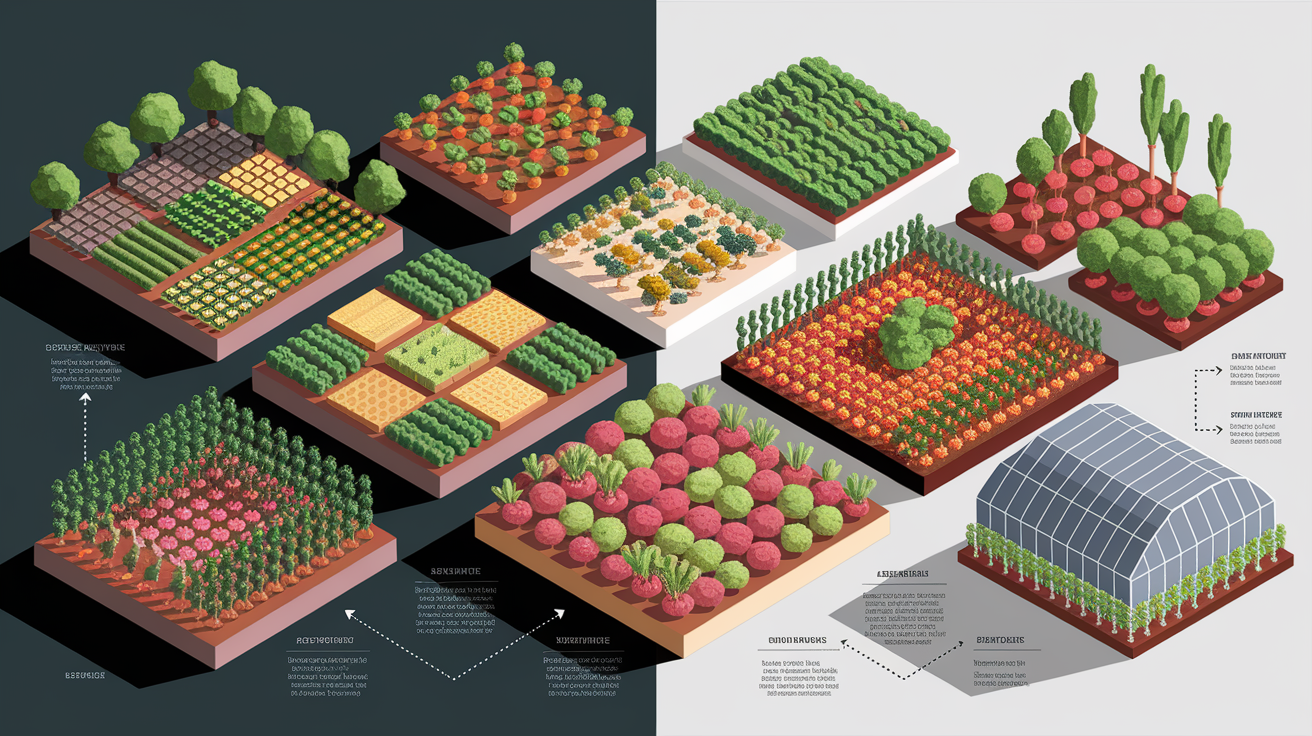
Layout strategies vary—from alternating rows of panels and crops to wide panel spacing with accessible corridors for machinery. Factors influencing layout include:
- Local climate and solar intensity
- Seasonal crop growth patterns
- Machinery clearance requirements
- Desired biodiversity and ecosystem services
Economic and Regulatory Considerations
While agrivoltaics offer significant long-term benefits, they require careful financial and regulatory planning. Installation costs are higher than conventional solar farms due to taller mounting structures and precision alignment needs. As regional analyses show, economic viability hinges on factors like crop type, energy market prices, and lease agreements. Supportive policies that recognize dual-use value—such as tax incentives, renewable energy credits, and agricultural land conservation programs—can lower barriers to adoption.
Regulatory challenges often center on zoning restrictions and alignment of agricultural and energy regulations. Early engagement with local authorities, rural development agencies, and utility providers is essential to streamline permitting.
Case Studies and Real-World Applications
Agrivoltaic projects are already delivering measurable results globally:
- Arizona, USA: Elevated solar arrays allow vegetables to thrive while reducing irrigation needs, with yields up to 200% above conventional farms.
- Europe: Vineyards in France utilize bifacial panels to provide shade during heatwaves while generating clean energy for winery operations.
- Japan: Rice paddies integrated with solar canopy systems increase land-use efficiency in regions facing urban expansion pressures.
These examples demonstrate how context-specific design delivers both agricultural and energy returns. Dual-use solar models are proving adaptable across climates and crop types.
Harvesting the Future
Agrivoltaics represents a forward-thinking fusion of renewable energy generation and sustainable agriculture. Farmers equipped with the right design approach can produce abundant crops while capturing solar energy—unlocking dual revenue streams and advancing environmental stewardship. For developers, agrivoltaics is an opportunity to install productive solar assets without displacing vital farmland.
Actionable steps for moving forward include:
- Conducting site-specific feasibility studies that factor in climate, crops, and energy goals.
- Engaging in collaborative planning with agricultural and solar energy stakeholders.
- Pursuing policy incentives that reward multifunctional land use.
- Using ongoing research and monitoring to iteratively improve system performance.
As innovation in agrivoltaic technology continues, the potential for optimized land-use efficiency, enhanced crop yields, and resilient farming enterprises will only grow—turning today’s pilot projects into tomorrow’s agricultural standard.

